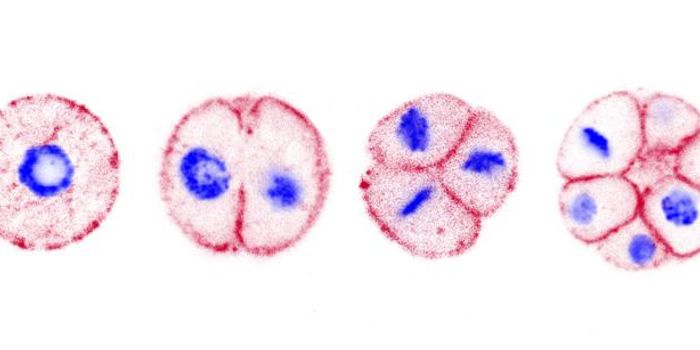Scientists Engineer Venom-Producing Organoids
Snakebites are a scourge; the World Health Organization estimates that anywhere from 100,000 to 200,000 people die every year from a snakebite injury. But snake venom is also a source of therapeutics and a potential source of new medicines. If those medicines are going to be developed, however, venomous compounds have to be well-researched. But obtaining snake venom is no easy task.
Scientists have now made accomplishing that research work easier by creating a source for snake venom; they have engineered snake venom gland organoids. Organoids have been created in recent years by investigators in search of better research models that use cell types that are found in natural biological structures to build miniature versions of human organs. In this case, the mini snake glands can be made from various species, and they secrete many of the same compounds that are found in venom. The work has been reported in Cell.
Getting the snake gland organoids to grow required only a little change from the conditions used to grow human organoids; it had to accommodate the lower body temperature found in snakes. "The similarity between the growth conditions for human and snake tissues was staggering, with the main difference being the temperature," said Jens Puschhof of the Hubrecht Institute.
The scientists examined the cell structure in the organoids with high-powered microscopy tools and found that they contained structures that are similar to what's found in venom-holding vesicles.
"We know from other secretory systems such as the pancreas and intestine that specialized cell types make subsets of hormones. Now we saw for the first time that this is also the case for the toxins produced by snake venom gland cells," noted Joep Beumer of the Hubrecht Institute.
If the scientists altered the growth medium the organoids were growing in, they could change the type of venom that was made. Like actual venom, the compounds the organoids produced were found to be capable of stopping nerves from firing in cell studies.
The researchers are now interested in anti-venom production as well as the investigation of venom's therapeutic potential. They are also growing organoids from other venomous animals.
"It was amazing to see that what started with our curiosity about potential snake venom gland organoids transformed into a technology with many potential applications affecting human healthcare," said Yorick Post of the Hubrecht Institute.
Sources: AAAS/Eurekalert! via Hubrecht Institute, Cell








